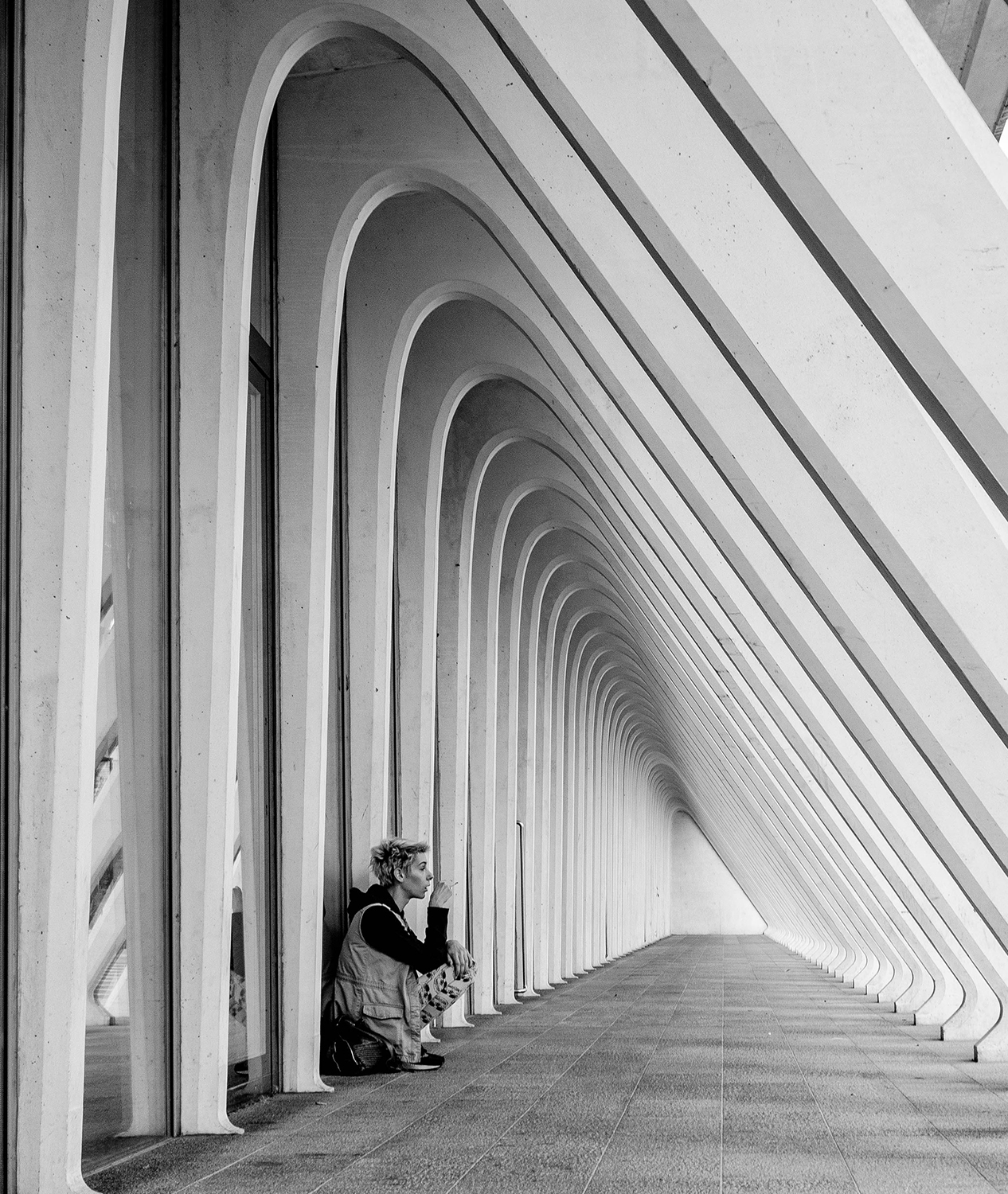
Photographs are a reflection of how we see. They reveal our focus, our interests, our tunnel vision, and if all goes well our unique view of the world. Within the tiny dimension of a camera sensor (or piece of film) we aim to capture what we see. But often what we experience and what the camera sees are two completely different things.

For many of us, what we experience is far greater than what ends up in the photograph. We look through our pictures and can’t figure out why it just felt better in real life. We scour the books on our shelves and the prints on our walls in an attempt to distill the magical chemistry that creates the pictures that move our souls. But what do these pictures have that our pictures don’t?
This leads to a series of questions. Do I need to work on my lighting? Are we not traveling to exotic enough locations? Are the colors too flat to be compelling, or is there something else staring us in the face that we simply forget to see?
There are many essential parts of a photograph. Sadly, there is no single formula for a strong picture, but the parts are well known. Lighting, depth, scale, composition … the list goes on, but what about the background? If a strong picture is a complete picture, then the background matters. In fact, it matters a lot more than most photographers think.
Ask yourself, do you look for the subject first or the background?
When I work with students I ask them to tell me about their favorite pictures. Inevitably they tell me about the subject and hardly mention the background. This is a perfect demonstration that they are struggling because they are only looking at a very small portion of their overall picture.
Tunnel vision might be to blame, but it’s not our fault. Just look at the design of a camera. It is a series of smaller and smaller tubes that we put to our faces. It lends itself perfectly to losing our sense of the background. This is why all good photographers use techniques to constantly check the wider view of life and not get lost in the center of a frame.
While the subject is important, a good background can make or break a picture.
When it comes to street and candid work, I look for the background first, and I’m not alone in this technique. Today, all of the images are from German photographer Georgie Pauwels, an alumni on the A\M Workshops (Berlin, Matera, & Umbria) and the One on One program.
While the subject is important, a good background can make or break a picture.
One of the things that Georgie does so well in her photographs is that she takes a complete picture. Every square inch of the scene matters and is well composed. As we’ve worked together Georgie and I have discussed that the stage for the pictures is often what we see first. Then it is a matter of waiting for the right activity to happen. The end result is a photograph where the subject and the background are equally considered. This leaves a much greater impression on the viewer because the entire picture feels deliberate and at the same time spontaneous.
By making a subtle shift in how we approach our photographs we can drastically improve the results. There is no need to run around like chickens with our heads cut off trying to track down our next shot. We can look carefully at the background first and wait for the exciting, unexpected events that life has to offer unfold before our lens. Then, all we have to do is push the shutter until it goes CLICK!
We can look carefully at the background first and wait for the exciting, unexpected events that life has to offer unfold before our lens.